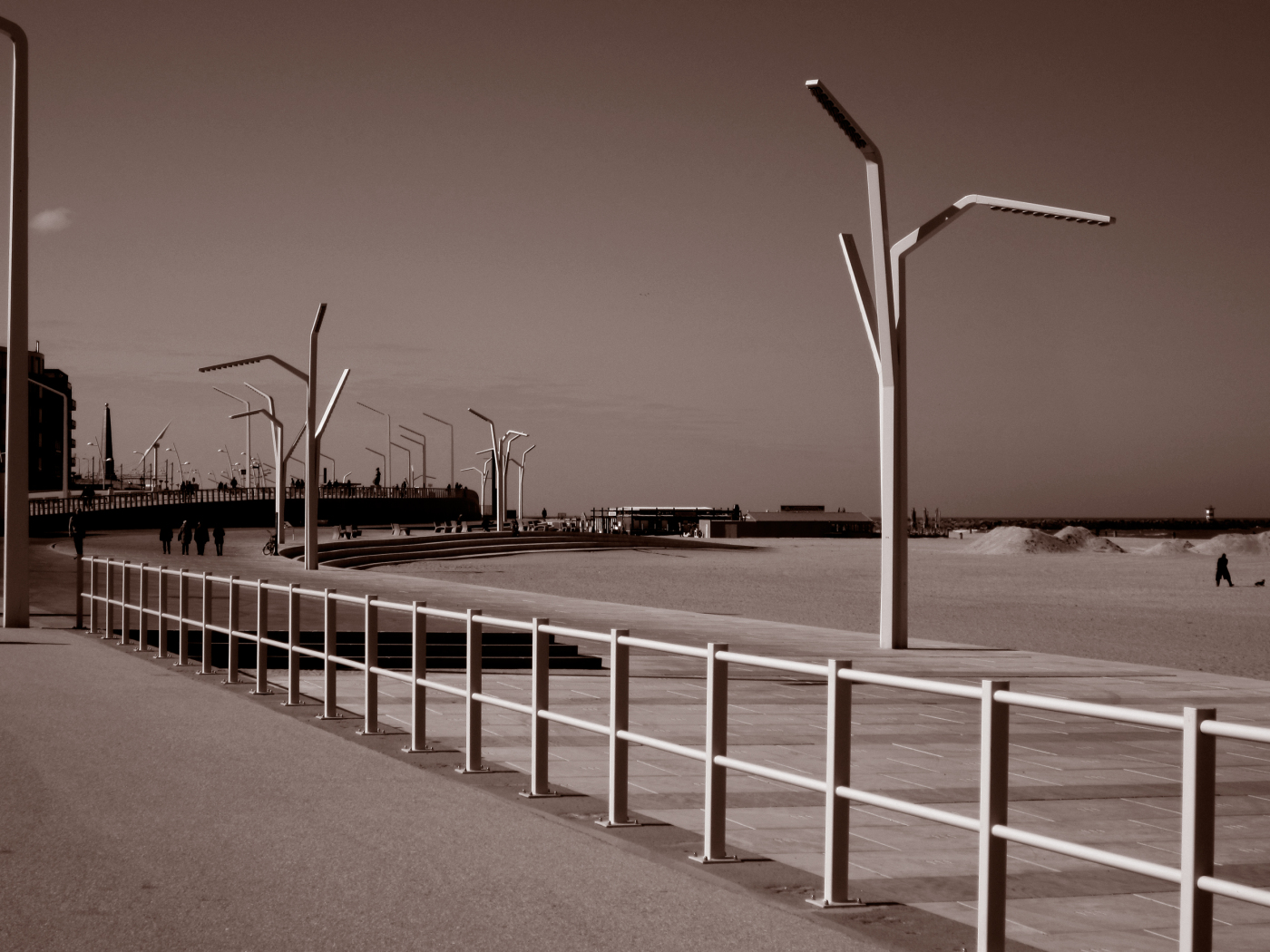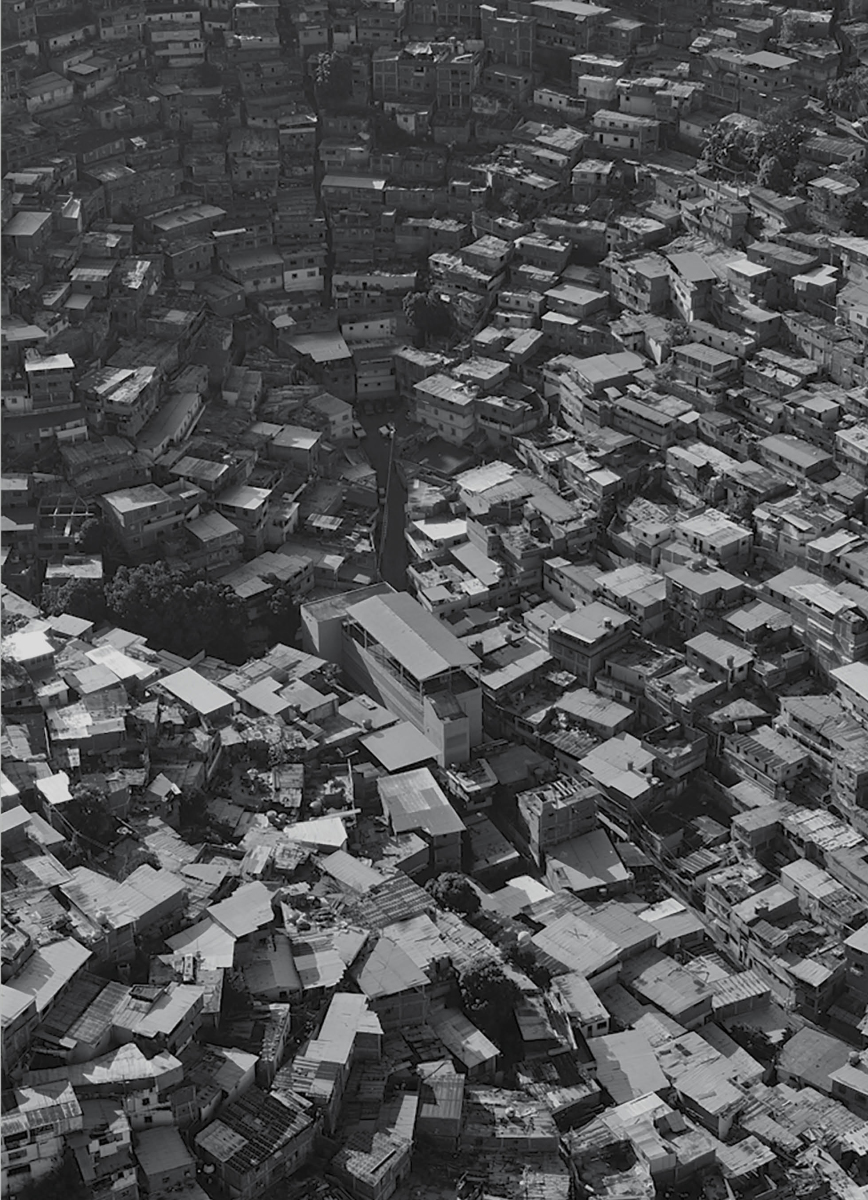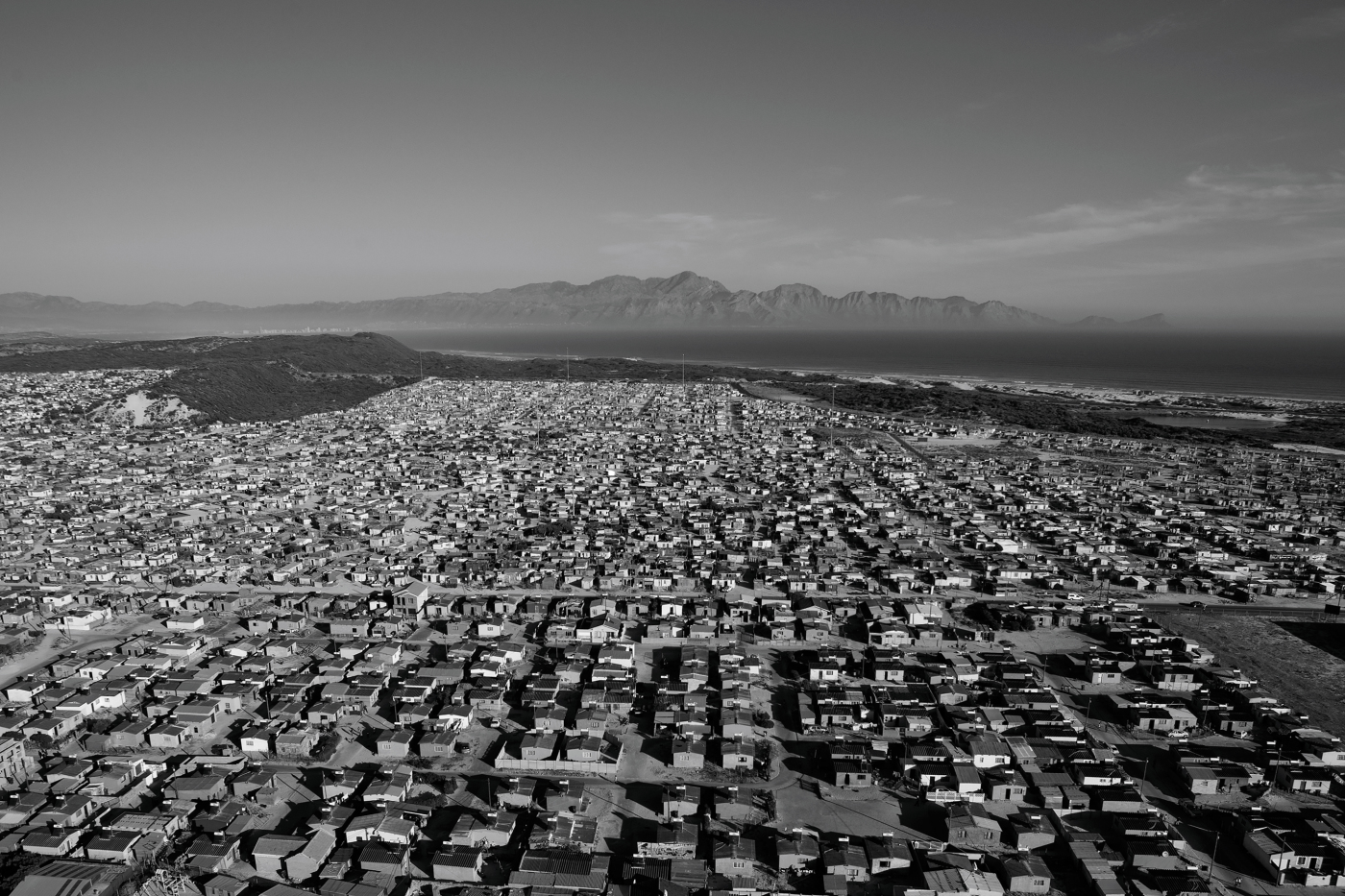A few years ago, the departments of Urban Studies and of Architecture at MIT found that they needed to take their joint workshops and studios to the next level. Subsequently, the Center for Advanced Urbanism was created with the mission to research innovative designs for global problems concerning urbanization. To attain these lofty goals, the CAU built “a community of experts, cities, and organizations who are committed to addressing these challenges.” Two recently published books chronicle two conferences organized by the Center around its first biennial theme – infrastructure. These books represent the first steps in publishing research applicable to “new theoretical frameworks and methodologies appropriate for urbanism of our time.”
Each conference’s book divides itself into panels of 4 individual and varied presenters. In a text format reminiscent of the now ubiquitous TED talks, each presenter gives a synopsis of their field of expertise and a statement of belief in what they see as crucial themes of the future of urban design along with case studies.
INFRASTRUCTURE MONUMENT
The spring 2013 conference, Infrastructural Monument, focused on transforming the tradition role of infrastructure, facilitating the transportation of goods or labor, to something more elevated. Ideas of “culture, public space, architecture, and landscape form” are proposed to augment the last spaces that are shared by everyone, rich or poor, young or old. This is one of the biggest points of the conference and the lynch pin of the overall thesis. Infrastructure is used by everyone. It is the pure democratic expression of of a civilization because no matter who you are you still have to drive on the road or land at the airport. The are caveats to that notion, but overall the idea is that we should better utilize that mutual capital.
“The future of urbanism will look nothing like it did in the past.”
One of the strengths of these books is the gathering of non-design industry voices to add to the discussion. James Oberstar, a member of Congress until 2011, asserts that infrastructure is “where human experience is transformed into visible signs, symbols, patterns of conduct, systems of order. Here is where the issues of civilization are focused.” This statement sets the tone of the book for me. Emphasizing that the importance of infrastructure as a social construct and not just as a functional requirement opens its potential for more elevated realms of use.
Infrastructure, however, is monstrously complicated. It’s use, scale, lifespan, and location are all subject to political forces and, in America, public opinion. Henk Ovink of Rebuild by Design (RBD) makes the case that though a simple solution is always sought, “if we simplify reality, it will quickly catch up to use and make all our efforts… utterly meaningless.” He believes the embracing complexity allows us to craft solutions that are meaningful. This means changing the status quo, government process of identifying a need, filtering down the program, and then at the end reaching out to designers. He believes that shifting the trajectory of planning will require embracing research by design as a political tool.
“Collaboration through alliances is key.”
The following conference, Scaling Infrastructure, sought to explore the phenomenon of growing and shrinking cities in response to population shifts. Often the focus surrounds cities that are growing and the positivity, potential new residents, and industry that brings. However, cities on the decline, often due to a loss of industry, have their own challenges if they are to reduce their infrastructural burden and best serve their existing populations.
Coincidentally, my home town of Baltimore Maryland was recently thrust into the news for comparative reasons. Like Detroit, the city and state are beginning an initiative to demolish whole blocks of the city that have been vacant for decades. All this time they have been sitting empty – ripe for nefarious uses. This strategy isnt new. Though, while Baltimore has a spotlight on it today, it didn’t even crack the top 25 cities in terms of vacancy rates. Places like New Orleans, Jacksonville, and Las Vegas are riddled with empty housing that slowly saps the city of it’s resources. As more and more populations become mobile, the issue of unused infrastructure connecting to these underpopulated areas becomes a major concern that needs innovative solutions.
In this volume, Moderator Brent Ryan focused on the decline of cities and the fundamental issue surrounding loss of population. Ryan explains that the increasing mobility of capital and the trend of prosperous people having less children and higher rates of relocation creates a difficult problem that is in contrast to the usual focus on the increasing needs of growing cities.
Sonja Beeck of Chezweitz asserts that “90 percent of our cities are built. The task we have now is change management.” She shows that Germans, dealing with population decline in various areas due to loss of industry, focused a variety of approaches of revitalizing those regions to better adapt to the future. By implementing more flexible approaches, stable systems can be developed more easily over time.
CONCLUSIONS
Challenging the questions of our urban future is a crucial exercise that is taken head on in these two conferences and accompanying manuscripts. New challenges arise with each passing day and designers must meet them with innovative, thoughtful, and implementable solutions. These companions books a wealth of ideas applied to the spectrum of urbanity’s issues.
Infrastructural Monument and Scaling Infrastructure were published by Princeton Architectural Press on January 26th, 2016.
—
Benjamin Boyd is a landscape architect practicing in Baltimore, Maryland and enjoys the benefits of living in the city despite its challenges.











